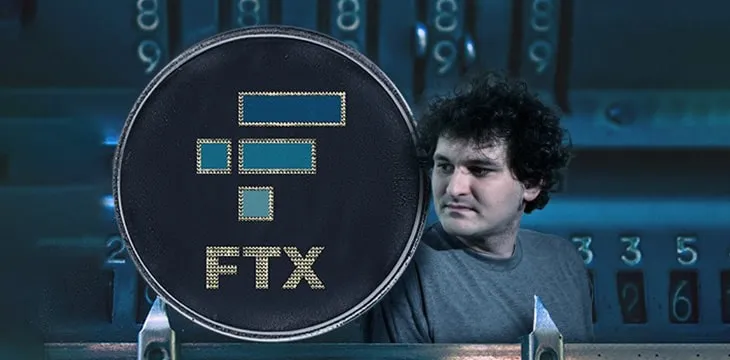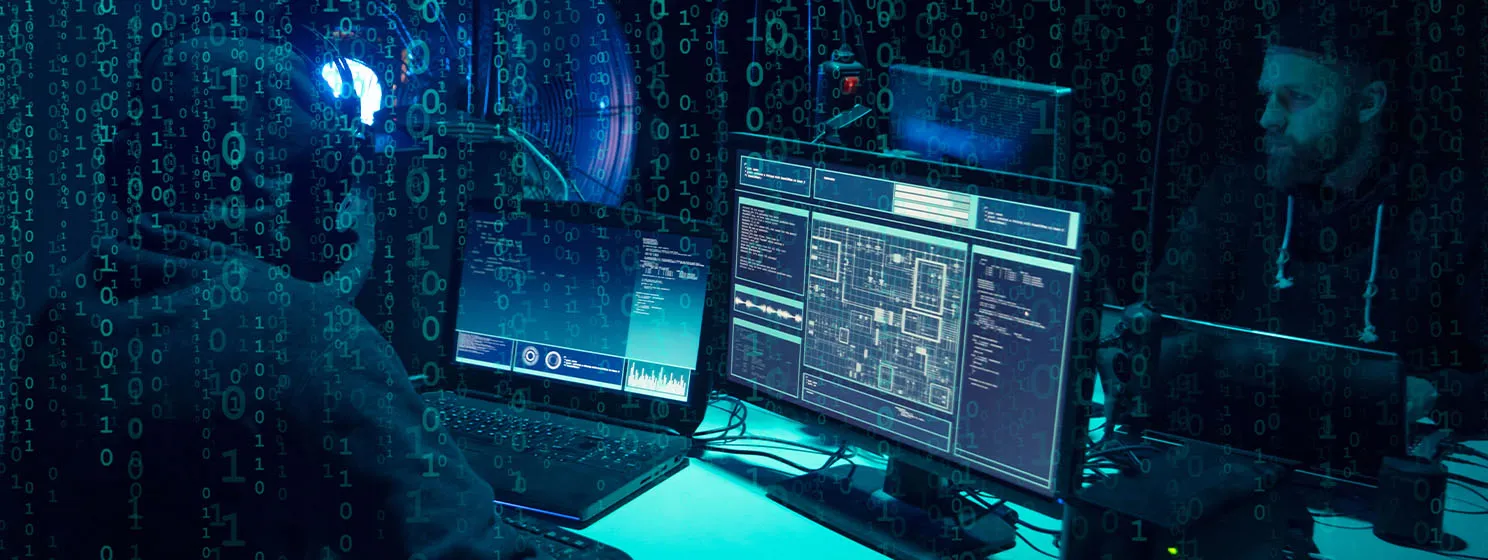|
Getting your Trinity Audio player ready...
|
There are companies that are basically too far gone, and it’s not practical to backstop them for reasons like a substantial hole in the balance sheet, regulatory issues, or that there is not much of a business left to be saved.
Given the events of the last week, you’d be forgiven for thinking this quote might be directed at FTX, which is currently in the process of going supernova after leaked documents suggested the corporation was being propped up by a token of its own creation (FTT) and was essentially insolvent.
In fact, in what turns out to be one of the most prescient warnings in ‘crypto,’ it comes from FTX’s founder itself: Sam Bankman-Fried said it to Forbes way back in June.
At the time, Bankman-Fried was doing a press tour to highlight the hundreds of millions of dollars he and his network of companies—Alameda Research, FTX, and FTX.US—were spending to bail out failing virtual currency projects.
“Your goal is for us to not get our faces ripped off,” he told Bloomberg. “But contingent on that, you know, do as much as we can to bail out the industry, and the higher goal was trying to backstop places rather than maximizing on these deals.”
Before the end of the year, however, it was FTX that would be needing a bailout. And living up to his own prediction, it turns out that FTX is beyond saving for all of the reasons he listed to Forbes back in June: a last-minute lifeline offered by competitor Binance ultimately fell through, with Binance CEO Changpeng Zhao citing the size of unfunded liabilities on FTX’s balance sheet and reports that the U.S. Securities and Exchange Commission (SEC) and Commodity Futures Trading Commission (CFTC were probing the company over mishandled client funds as reasons why Binance wouldn’t proceed with the deal.
Given the problems we now know exist within the Bankman-Fried empire, June’s confident paternalism over the rest of digital asset industry rings hollow. So, too, do the assurances from Sam Bankman-Fried—made mere days ago as the collapse was in its early stages—that FTX customer assets were safe and withdrawals would continue.
“FTX has enough to cover all client holdings. We don’t invest client assets (even in treasuries). We have been processing all withdrawals, and will continue to be.”
The tweet was deleted before the end of the week, highlighting what turns out to be a pattern of inconsistencies between the public statements made by Bankman-Fried and other FTX personnel and the cold, hard truth.
Bankman-Fried is as compliant as long as it’s convenient
This is perhaps most obvious in Bankman-Fried’s approach to another ‘crypto’ ticking time bomb, Tether. Alameda Research, Bankman-Fried’s crypto hedge fund, is one of the largest recipients of Tether, virtually all of which it sends on to FTX.
The concern with Tether, of course, is that the billions of USDT it prints every year are not backed by an equivalent amount of USD, as the company promises. If this USDT is being traded throughout the industry as though it corresponds to a reserve of fiat within the system, then the trading activity which has driven assets like BTC to astronomical highs and made exchanges (like FTX) billions of dollars in commissions is nothing more than a puff of smoke.
When the New York Attorney General (AG) announced that their investigation into Tether had confirmed that the company had indeed lied about its backing and was being settled for $18.5 million, Bankman-Fried joined the laughable chorus of voices trying to paint the news as a victory for Tether, tweeting:
Tether FUD was never grounded in truth.
It was always the easiest way to tell apart people who know crypto from the pretenders.
'grats @paoloardoino at all — hopefully now you can focus on building https://t.co/gmFUnv1jpO
— SBF (@SBF_FTX) February 23, 2021
In reality, the AG’s investigation was anything but an exoneration for Tether. Instead, it confirmed most of the worst fears about USDT’s (lack of) backing.
Bankman-Fried was obviously not ignorant to the reality of Tether, what with so much of it ending up on his exchange, so it seems highly unlikely that he believed his own words about the AG investigation. Therefore, his haste in endorsing the fictional version of the investigation as told by Tether is highly suspicious: in light of the catastrophic consequences that a run on Tether could have for the industry, was this yet another dishonest and self-serving attempt at crypto-paternalism on behalf of Bankman-Fried?
It certainly seems that way. Last month, Bankman-Fried published a document entitled ‘Possible Digital Asset Industry Standards,’ ostensibly a list of draft standards for the industry to adhere to while it awaits more robust legal regimes. In it, he takes a markedly more skeptical attitude toward stablecoins, saying that while they “present a huge opportunity to modernize and democratize payments,” they need to be backed by at least as many U.S. dollars as there are tokens in circulation and should maintain up to date and public information and audits attesting to that fact.
Or how about in August of this year, when the U.S. Federal Deposit Insurance Organisation (FDIC) sent a cease-and-desist notice to FTX, warning them over tweets made by FTX president Brett Harrison which falsely indicated that FTX customer deposits were FDIC-insured, as they would be with any regular bank. The FDIC also highlighted numerous instances on FTX websites that suggested the same.
In response to the censure, Bankman-Fried tweeted: “Clear communication is really important; sorry! FTX does not have FDIC insurance (and we’ve never said so on website etc.); banks we work with do. We never meant otherwise, and apologize if anyone misinterpreted it.”
In other words, Bankman-Fried blamed the investors who ‘misinterpreted’ the repeated references to FDIC insurance by FTX and its executives. However, once again, as of this week, the tweets by both Harrison and Bankman-Fried had been deleted.
The lies matter
These inconsistencies are important because they’ve played a key role in manufacturing a regulation-friendly image that has bought him and his companies a lot of goodwill in the mainstream—part of a deliberate PR push to paint him and FTX as the crypto ‘good guys.’ The push was political as much as it was popular: as of October, Bankman-Fried had reportedly invested $40 million in political campaigns and interest groups in 2022 alone and said he had a ‘soft ceiling’ of $1 billion for the 2024 election.
Even as the ashes of FTX were smoldering this week, Fortune was calling Bankman-Fried the “face of crypto in D.C.”
Until now, it’s evidently worked. The company has been able to hook in high-profile celebrity investors such as hall-of-fame quarterback Tom Brady and NBA superstar Steph Curry. In March 2021, FTX was awarded naming rights to the home arena of the Miami Heat basketball team, which saw the stadium renamed to FTX Arena in a deal that was supposed to last until 2040. Later, in June, Major League Baseball (MLB) announced that FTX would become the ‘official cryptocurrency exchange brand of MLB’ and that its umpires would begin sporting FTX-branded uniforms. Perhaps most illustrative of FTX’s status outside of ‘crypto’ is that the Ontario Teacher’s Pension Plan (OTTP) bought into the company’s $420 million funding round in 2021. As recently as this September, the OTPP defended its stake amidst the setting-in of ‘crypto winter’ by saying that FTX has the lowest risk in the entire digital asset class.
Now, any person or company unfortunate enough to be hooked in by FTX’s public face is left in the cold. We are now likely to learn more about the contagion risk from FTX’s blow-up with each passing day.
That FTX—which can’t have been ignorant of its precarious position—would now be the catalyst for a new round of cascading collapses is ironic. Contagion has been front-of-mind for Bankman-Fried over the past year, which has seen digital asset prices fall dramatically, more or less across the board. He spent much of 2022 bailing out failing crypto companies to the tune of $1 billion, as he told Bloomberg.
Bankman-Fried’s apparent concern for ‘crypto-contagion’ sits uneasily with the fact he was still telling customers that their FTX assets were safe as the roof was caving in internally. In fact, even while would-be savior Changpeng Zhao was sounding alarm bells at what FTX’s collapse will likely do to regulatory attitudes toward the digital asset industry, Bankman-Fried was assuring his Twitter followers that Binance’s planned acquisition was a ‘user-centric development that benefits the entire industry.’
With the virtual currency markets crashing (BTC is down almost 20% and Coinbase (NASDAQ: COIN) stock down almost 18% in the past five days, as well as the ongoing annihilation of FTX), the industry waits with baited breath to see where Bankman-Fried’s public optimism will land it next.
Follow CoinGeek’s Crypto Crime Cartel series, which delves into the stream of group— from BitMEX to Binance, Bitcoin.com, Blockstream, ShapeShift, Coinbase, Ripple,
Ethereum, FTX and Tether—who have co-opted the digital asset revolution and turned the industry into a minefield for naïve (and even experienced) players in the market.

 08-31-2025
08-31-2025 





